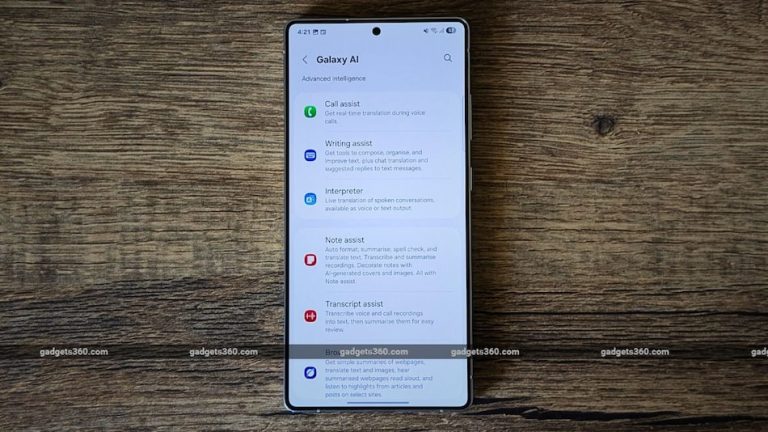Social media has revolutionized how people consume news in today’s digital age. With the rise of platforms like Facebook, Twitter, and Instagram, news is no longer limited to traditional media outlets.
Users now have the ability to access news from around the world in real-time, breaking the barriers of geographical boundaries. The immediacy of social media enables news to spread rapidly, reaching a global audience within seconds.
Changing Landscape of Journalism
Journalism has adapted to this shift by utilizing social media as a tool for gathering news, engaging with audiences, and reaching a wider demographic. Reporters now use platforms like Twitter to share live updates, Facebook to host discussions, and Instagram to provide visual storytelling.
These changes have not only impacted how news is delivered but also how it is consumed. The younger generation, in particular, relies heavily on social media as their primary news source, preferring snippets of information over in-depth articles.
Challenges and Opportunities
While social media presents opportunities for news dissemination, it also poses challenges. The prevalence of fake news and misinformation on these platforms raises concerns about the credibility and reliability of the information shared.
Despite these challenges, social media remains a powerful tool for journalists and news organizations to connect with audiences, drive traffic to their websites, and enhance engagement.




